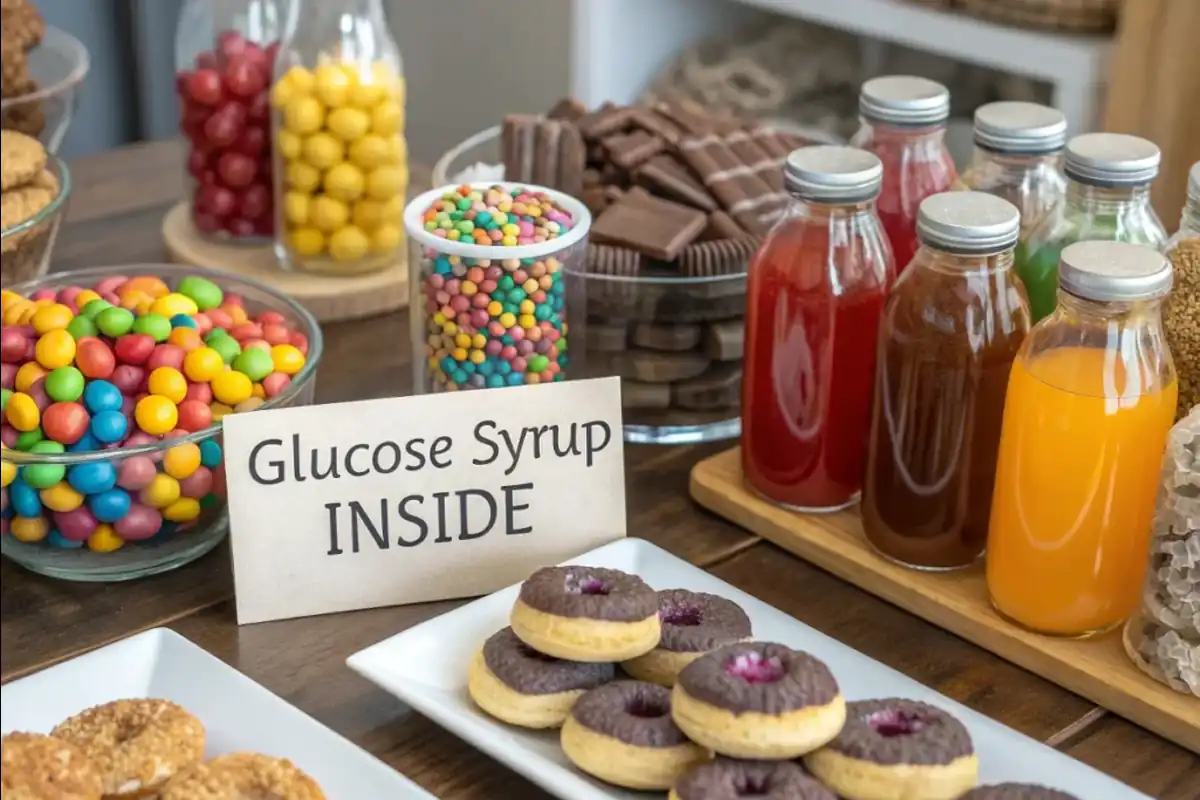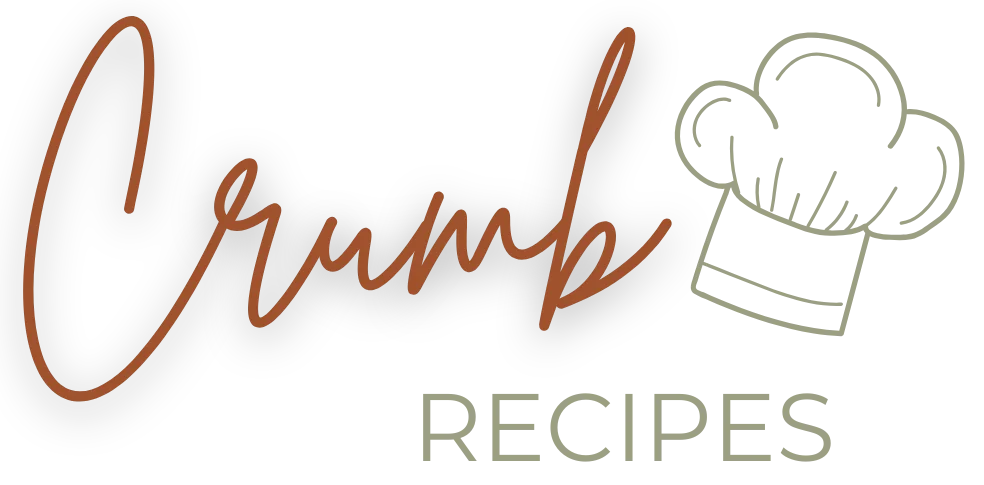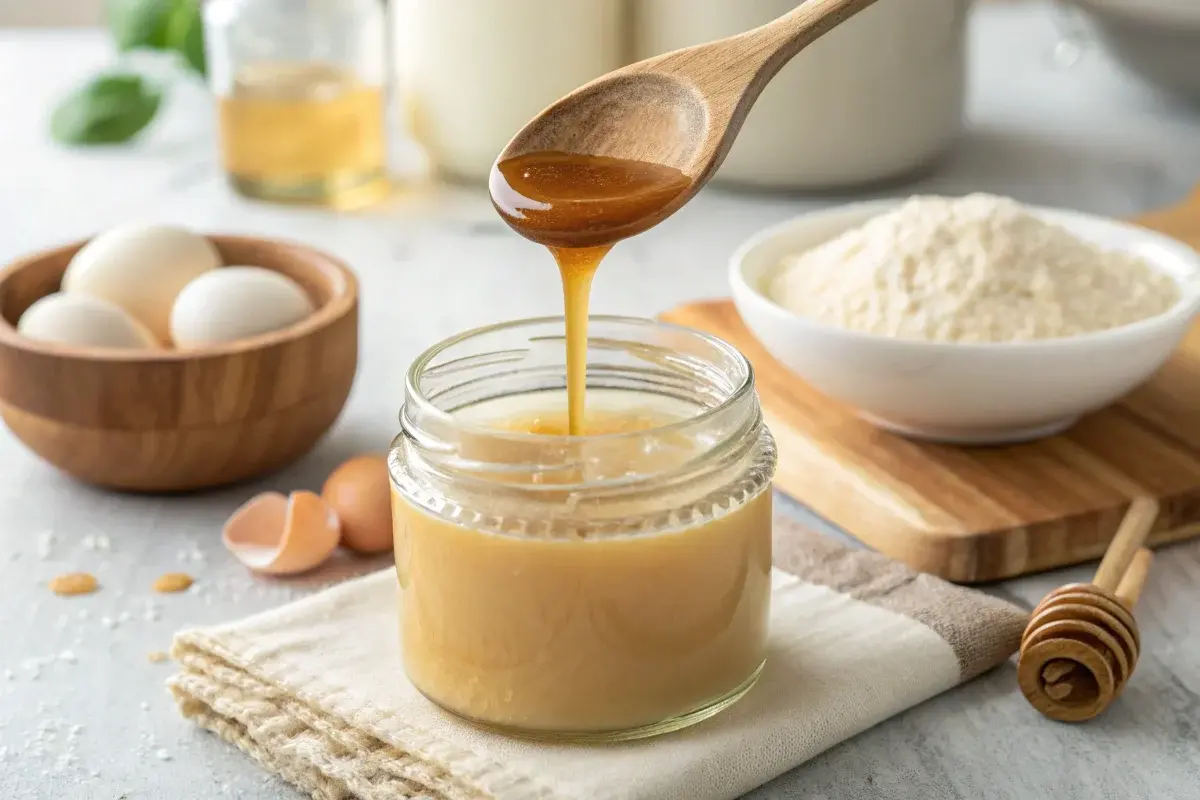Glucose syrup is a common ingredient in the food industry. It is used in a wide range of products. But what exactly is glucose syrup? This guide will explore its properties, uses, and how it compares to other sweeteners. We will clarify the role of corn syrup in our food supply. Let’s dive into the details of this often-misunderstood ingredient!
What is Glucose Syrup? Understanding the Basics of This Common Sweetener
Glucose syrup is a thick, viscous liquid sweetener made from the hydrolysis of starch. This process involves breaking down the complex starch molecules into simpler sugars. The resulting syrup primarily consists of glucose. It’s important to note that glucose syrup can be derived from various sources. Common starch sources include corn, wheat, and potatoes. Consequently, it is a versatile product found in numerous applications.
The versatility of glucose syrup makes it a valuable ingredient. Due to its properties, it is used to control the sweetness, texture, and moisture levels in many products. glucose sweetener is different from high fructose corn syrup. This difference lies in the different processes of production, as well as their proportions of different sugars. Furthermore, it provides a consistent texture and prevents crystallization in many recipes.

Main Uses of Glucose Syrup Across Food and Other Industries
Glucose syrup is used across a wide spectrum of industries and applications. Its versatile properties make it a valuable ingredient. Here are some of the main areas where you will find glucose syrup used:
- Confectionery: The confectionery industry is a major consumer of glucose syrup. In fact, it is used in candies, chocolates, and other sweet treats. It helps in achieving a smooth texture. Furthermore, corn syrup prevents sugar crystallization in these products.
- Baking: In baking, corn syrup is used in recipes to achieve specific qualities. For example, it keeps baked goods moist and tender. It is also used in glazes and icings. It also improves the texture and shelf life of baked products.
- Beverages: The beverage industry also makes use of corn syrup. It’s used in soft drinks, juices, and other sweetened beverages. It acts as a sweetener, as well as enhancing the texture and overall mouthfeel. Also, it provides consistency and sweetness to these beverages.
- Processed Foods: corn syrup is a common ingredient in processed foods. These include items like jams, sauces, and dressings. Its role is to provide sweetness. It also acts as a stabilizer, preservative and a bulking agent. Thus, improving the overall quality and shelf-life of many processed products.
- Other Applications: Beyond the food industry, glucose sweetener is also used in pharmaceuticals and paper manufacturing. However, these are very specific applications and represent a small percentage of the total use.
How Glucose Syrup Is Made: A Look at the Production Process
The production of corn syrup is a multi-step process. It primarily involves the hydrolysis of starch. Understanding this process provides insight into its properties. Here is a detailed look at the main steps involved:
The Key Steps in Manufacturing Glucose Syrup
Here is a more detailed explanation of the manufacturing of glucose syrup
- Starch Extraction: The process begins with the extraction of starch from the chosen raw material. The most common sources are corn, wheat, and potatoes. The chosen raw material is processed to isolate the starch.
- Liquefaction: The extracted starch is mixed with water. Then, it is heated and treated with enzymes. These enzymes begin the process of breaking down the large starch molecules into smaller, simpler chains called dextrins. This is the first stage of hydrolysis.
- Saccharification: In this second stage, other specific enzymes are introduced to the mixture. These further convert the dextrins into glucose. This is the final step in hydrolysis. This saccharification process leads to a solution high in glucose content.
- Purification: After the saccharification process, the solution is purified. This step removes any remaining solids or impurities. This ensures the clarity and purity of the corn syrup.
- Concentration: Once the solution is purified, it is then concentrated. The water is evaporated to achieve the desired consistency. The concentration of glucose sweetener affects its viscosity and sweetness.
Factors Affecting the Properties of Glucose Syrup
The properties of corn syrup can vary slightly depending on several factors. Here are a few of them:
- Source of Starch: The source of starch used to produce the syrup can impact its flavor and texture. For example, syrups made from corn starch may have slightly different properties than those made from potato starch.
- Degree of Hydrolysis: The degree of hydrolysis affects the syrup’s sugar composition. This is because, less hydrolysis would leave some dextrin, therefore affecting the sweetness and viscosity.
- Concentration Level: The concentration level determines the syrup’s viscosity and its sweetness. Higher concentrations will mean a thicker, sweeter product.
- Processing Methods: Different processing methods and enzymes used in manufacturing can affect the final properties. This includes the temperature, the reaction times, and the type of enzymes used.
Glucose Syrup vs. Other Sweeteners: A Comparative Analysis
Glucose syrup is one of many sweeteners available on the market. Understanding how it compares to others can be very useful. Here’s a detailed look at how it differs from other common sweeteners.
Glucose Syrup Compared to High Fructose Corn Syrup
Glucose syrup and high fructose corn syrup (HFCS) are often confused, however, there are key differences between them:
- Composition: corn syrup is primarily made up of glucose. On the other hand, HFCS contains a higher percentage of fructose. This is the main difference between them.
- Production: The production processes are slightly different, especially in the final stage. HFCS undergoes an additional step to convert glucose to fructose. Therefore, it ends up with a higher fructose content.
- Sweetness Level: HFCS is often sweeter than corn syrup, due to the presence of fructose, which is sweeter than glucose. This means that HFCS has a more prominent sweetness.
- Applications: Both are used in beverages and processed foods. However, they might have different applications due to their different sweetness levels and other properties.
Glucose Syrup Compared to Table Sugar (Sucrose)
Table sugar, also known as sucrose, is another common sweetener. It differs from corn syrup in the following ways:
- Composition: Table sugar is a disaccharide. It is made of one molecule of glucose and one molecule of fructose. On the other hand, glucose syrup is primarily glucose.
- Form: Table sugar is in solid crystal form, while corn syrup is a liquid.
- Sweetness: Table sugar is usually perceived as sweeter than glucose sweetener, therefore different concentrations are needed for similar sweetness level.
- Use: Table sugar is widely used at home for baking and beverages, while glucose syrup is more commonly used in the food industry.
Other Sweeteners: Honey, Maple Syrup, and Agave
Other natural sweeteners such as honey, maple syrup, and agave nectar also have a place in the market. Let’s take a look at how they compare to glucose sweetener:
- Honey: Honey is produced by bees and is made up of glucose and fructose. It also contains some water, as well as vitamins and minerals. In comparison, glucose syrup is produced through hydrolysis of starch, and it is a more purified ingredient.
- Maple Syrup: Maple syrup comes from maple sap and is primarily made up of sucrose. It also contains antioxidants and minerals. It also has a characteristic flavor.
- Agave Nectar: Agave nectar comes from the agave plant. It is primarily composed of fructose and glucose. It also has a different consistency and taste, compared to glucose syrup.
The Health Implications of Glucose Syrup: What You Need to Know
Glucose syrup has been the subject of various discussions about health. Understanding its health implications is crucial for making informed dietary choices.
Potential Health Concerns Related to Glucose Syrup
While glucose syrup is a common ingredient, it’s important to consider its potential health implications.
- Weight Gain: Glucose syrup is high in calories and low in nutrients. Regular consumption of foods containing glucose syrup can contribute to weight gain.
- Blood Sugar Levels: Glucose syrup can cause a rapid increase in blood sugar levels. This is because of its high glycemic index. This can be a concern for people with diabetes or insulin resistance.
- Dental Issues: Like other simple sugars, glucose syrup can contribute to dental cavities. This is because oral bacteria can easily metabolize it, producing acids. These acids attack the tooth enamel.
- Nutritional Deficiency: Diets high in foods containing corn syrup may lack essential nutrients. This is because the consumption of these products often displaces the intake of whole foods. Consequently, leading to potential nutritional deficiencies.
Glucose Syrup in Moderation: Tips for a Balanced Diet
To maintain a balanced and healthy diet, consider the following guidelines for corn syrup consumption:
- Read Labels Carefully: Always read food labels carefully. Pay attention to the ingredients list. This will help you to identify how much glucose sweetener you consume.
- Limit Processed Foods: Reduce the intake of processed foods. Many of these contain high levels of glucose syrup, therefore limiting their consumption will help with a balanced diet.
- Choose Whole Foods: Prioritize whole, unprocessed foods. These will naturally reduce the overall consumption of sweeteners.
- Use Natural Alternatives: Use natural sweeteners such as honey, maple syrup, or stevia. These could be a healthier alternative, and they come with other benefits.
- Moderation is Key: Consume foods containing glucose sweetener in moderation. A balanced diet should include all groups of food. However, keep the consumption of sweeteners to a minimum.
Where to Find and Buy Glucose Syrup
Glucose syrup is widely available. You can find it in various retail and online locations. Here are some places to consider when looking to buy glucose syrup:
Retail and Online Options for Purchasing Glucose Syrup
Here’s where you can find glucose syrup for your home and business needs:
- Supermarkets: Many supermarkets stock corn syrup. It can be found in the baking aisle. Look for it near other baking ingredients such as sugar and honey.
- Specialty Food Stores: Specialty food stores may have a wider selection of glucose syrup options, including those made from specific starches. For example, glucose syrup made from organic sources, or glucose syrup with a very low dextrose equivalent.
- Baking Supply Stores: Baking supply stores often carry high-quality glucose syrup in bulk. These types of stores are aimed at those who require large amounts of ingredients, for example, restaurants, or home bakers.
- Online Retailers: Online retailers such as Amazon and others offer a wide range of glucose syrup options. Online shopping offers the convenience of home delivery. Plus, you have a large selection of brands at your disposal.
Choosing Quality Glucose Syrup: What to Look For
When choosing corn syrup, consider these important factors:
- Source: Pay attention to the starch source used to make the syrup. Some prefer specific starch sources for personal preference or dietary requirements.
- Concentration: Choose a corn syrup with the concentration level you need for your specific application. Higher concentrations might lead to a thicker syrup.
- Purity: Look for products that have undergone a purification process, especially if you intend to use it for baking or other specific food applications.
- Packaging: Consider the packaging material. Choose packaging that protects the product and keeps it fresh. This can ensure the product has a longer shelf life.
Frequently Asked Questions
Here are some of the most frequently asked questions about corn syrup. These questions will offer further clarification on the topic:
Is Glucose Syrup Better for You Than Sugar?
Glucose syrup is not better for you than sugar. Both are sources of simple carbohydrates. They provide calories with limited nutritional value. Also, they can both lead to similar health issues when consumed in excess. Therefore, neither option is particularly beneficial for your health.
Is Glucose Syrup Fake Sugar?
Glucose syrup is not a fake sugar in the sense that it’s not an artificial sweetener like aspartame or sucralose. However, it is a processed sugar derived from starch. It is considered a natural sugar since the starch it comes from is naturally occurring.
Is Glucose Syrup the Same as High Fructose Corn Syrup?
No, glucose syrup is not the same as high fructose corn syrup. While both come from starch, HFCS undergoes further processing to convert some of its glucose to fructose. Thus, the main difference lies in their fructose content.
Is Glucose Syrup a Natural Sweetener?
Glucose syrup is derived from natural sources, such as corn, wheat, or potatoes. However, the process of making it is heavily industrial. It is considered a natural sweetener in that sense, even though it undergoes processing.

